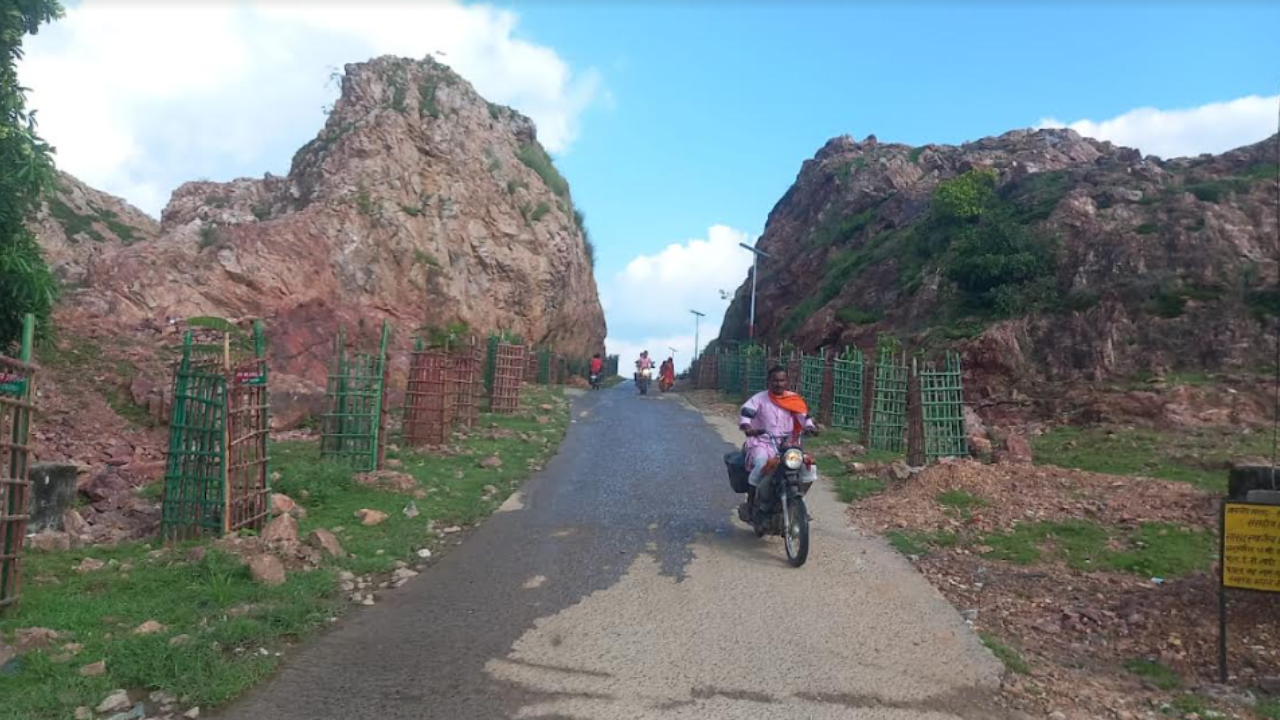
PATNA: He did what nobody expected and achieved the unbelievable—tearing apart a rocky mountain to carve a road to fill happiness in the lives of others!
Local villagers widely describe "mountain man" Dashrath Manjhi’s incredible feat as a poor man’s "monument of love", now fast emerging as the hotspot of tourists, especially youngsters who never forget to take selfies before leaving the spot.
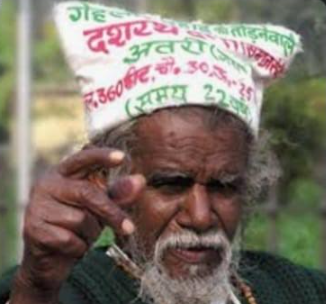
Dashrath Manjhi
Call it an exaggeration or sheer coincidence but very strangely there appears to be a stark similarity between two "Monuments of Love"—one built by Mughal emperor Shah Jahan and the other by a poor villager from a nondescript Gehlaur village in Bihar’s Gaya district.
Much like Shah Jahan who built a Taj Mahal in the memory of his wife Mumtaz Mahal in Agra, this poor villager from Gaya district cut through a rocky mountain single handedly with help of just a chisel and hammer to make a way for others after his young wife Falguni Devi died at a very young age for want of timely medical help owing to lack of road in 1960’s. Again, the completion of both creations amazingly took equally the same 22 years!
One of his close kins said the death of his wife left a deep impact on Manjhi’s mind so much so that he decided to move the mountain.
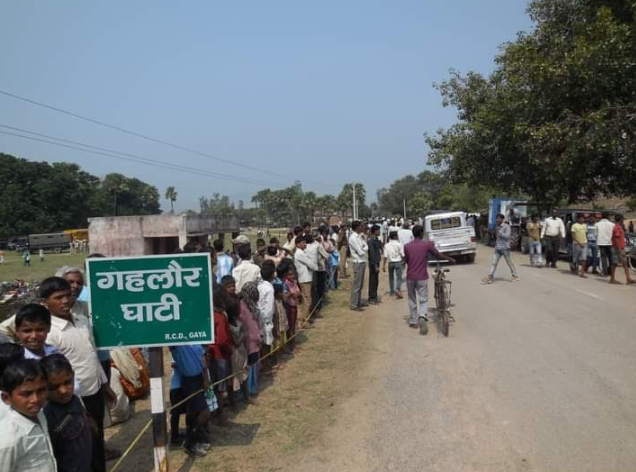
"For the next 22 years from 1960 to 1982, Baba (Manjhi) made it a daily routine to cut through the rocky Gehlaur hills using a little chisel and hammer, and eventually he was able to create a 30-foot-wide and 360-foot-long road which shortened the road distance between Wazirgnaj and Atri blocks of Gaya district from 50 km to 10 km. This road has now acquired the status of a "Monument of Love", said Satyendra Gautam Manjhi who has launched an intensive campaign to give Bharat Ratna, the highest civilian award of the country, to Manjhi who died in 2007.
The spot where Manjhi carved the road after cutting the mountain has now developed into a prominent tourist spot as the people want to visit the place to see it from their own eyes and feel the intensity of a poor man’s love. "This has emerged as the hottest tourist spot of late. Tourists coming to Bodh Gaya just get astonished after knowing the story of Manjhi and want to visit the spot," Sanjay Kumar, a Bodh Gaya-based tourist guide, said adding the foreign tourists have been rather crazier to rush there. According to him, this spot has also emerged as a pre-wedding shooting spot among the youngsters even as YouTubers have been making a beeline to cater to their audience.
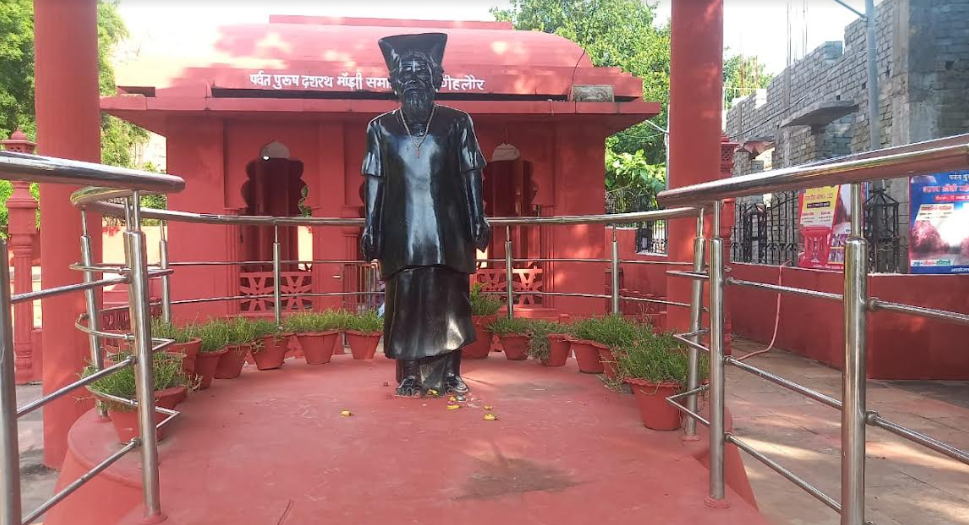
"Of late, there has been a sudden curiosity among the tourists to visit Gahlore valley and see Dashrath Manjhi’s labour of love. The tourists visiting Gaya enquire about that spot and want to go there. May be the picturisation of Manjhi’s efforts on silver screen has made this spot quite popular while the local tourists are already aware about it," Dharmendra Chauhan who runs a travel agency in Bodh Gaya affirmed. Moreover, the area is surrounded by mountains and greenery and the tourists want to travel by that route again and again, he added.
"I was surprised to see such a unique place on Earth. Dashrath Manjhi’s love for his wife is a great story. It was very inspiring to me," a Japanese tourist, Akodo, who recently visited the spot exclaimed, interacting with the local media with the help of an interpreter.
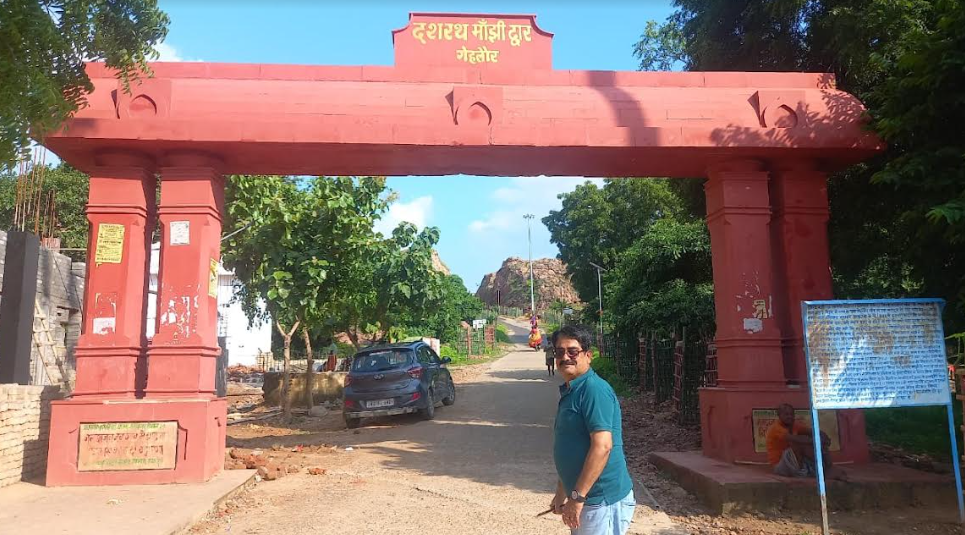
The status late Manjhi enjoys in the society for his rare initiative could be underlined from the very fact that when he reached the CM’s Junta Durbar in 2006 with some problems in his areas, Nitish Kumar hurriedly vacated his throne once seeing him and offered it to him. Nitish who was addressing the media persons then, requested Manjhi to inform the journalists about his rare feat.
Again, when he was diagnosed with gallbladder cancer, he was rushed to AIIMS-Delhi by the state government which announced to bear the entire cost of his treatment. Finally, when he breathed his last after battling the deadly disease, the state government announced the State funeral for the ‘mountain man’ as he was buried right close to the road which he had built single-handedly, setting aside people’s scorns and taunts for over two decades.
“My job was to sharpen my father’s chisel at the nearby ironsmith’s shop. Local villagers would often pass comments at him. They would say that “Narhani se ped katne chala hai (He is trying to cut a huge tree with a nail-cutter) but he would only smile at them,” late Manjhi’s lone son Bhagirath Manjhi who was a child then, said.
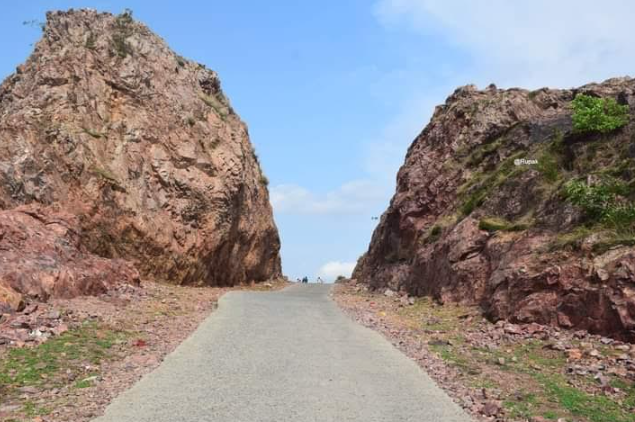
“He would tell the villagers that this mountain existed right since the earth came into existence and when this mountain made my wife cry and ultimately killed her, I don’t know how many wives would have suffered from it in all the past three Yugas (in Hindu mythology such as Satya Yuga, Treta Yuga and Dwapara Yuga) but now none will feel the pain anymore as I will remove the obstacle for ever,” Bhagirath in his 70’s said, quoting his late father.
Thanks to late Manjhi’s feat, his village now boasts of almost everything, such as a mettled road, hospital, school, Kisan Bhawan and police station, and his family is happy with that. The government has also built a grand memorial at the place where he was buried. Manjhi was a follower of mystic poet Kabir. The government also plans beautification of the existing memorial under which Manjhi’s hammer and chisel that he used to slice the mountain as well as the caps and clothes which he used to wear will be displayed with description in Hindi and English.
Recently, Manjhi’s close kin Satyendra Gautam Manjhi launched an intensive campaign seeking Bharat Ratna for the ‘mountain man’ who brought honours for his community. As part of the campaign, a group of villagers led by Satyendra took out a “Padyatra” (foot-march) from Gehlaur village to Jantar Mantar in Delhi. The delegation covered some 1200-km distance between Gehlaur village and Delhi in 56 days and later submitted a memorandum to President Droupadi Murmu.
Satyendra said Manjhi would have cut the mountain long ago, but he also had to work in the farmland of a farmer to eke out livelihood for his family at the same time. “He would work as a laborer in the agricultural field of a local farmer in the day. So, he had time only in the morning (before joining farm works) and in the evening (after returning from work) to cut the mountain. That’s why it took 22 years for him to finish his task,” narrated Satyendra.







